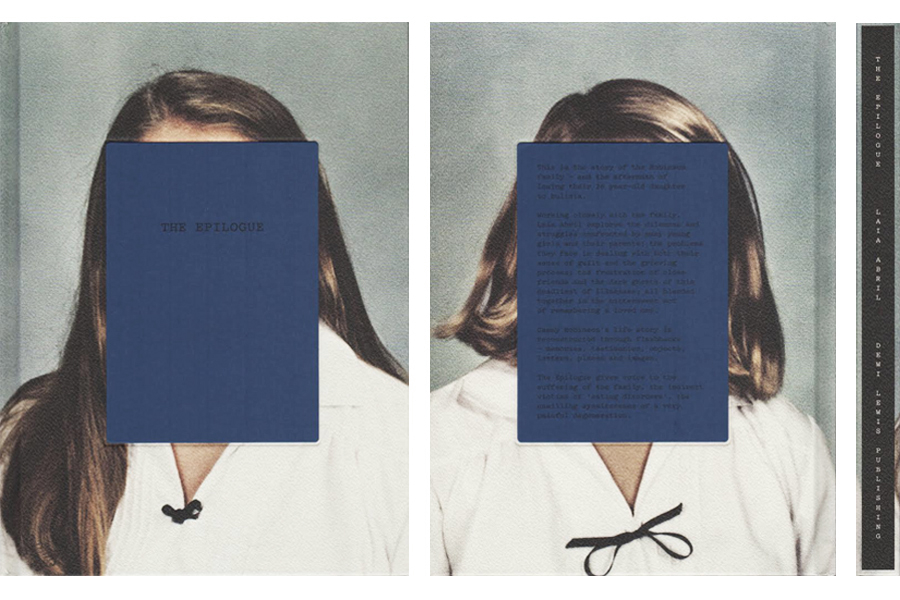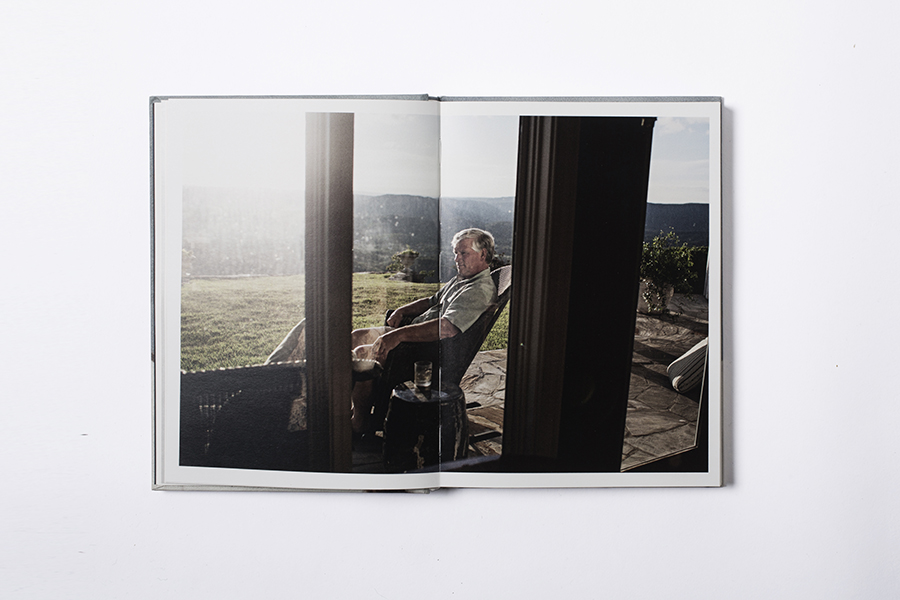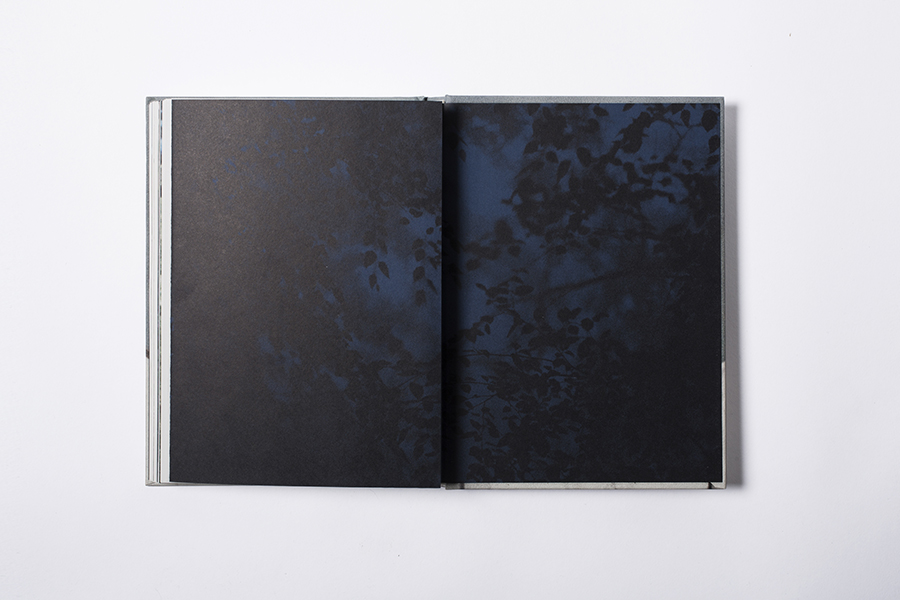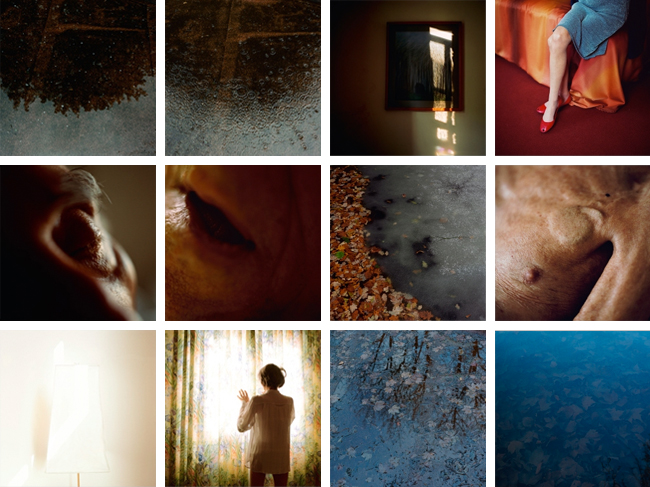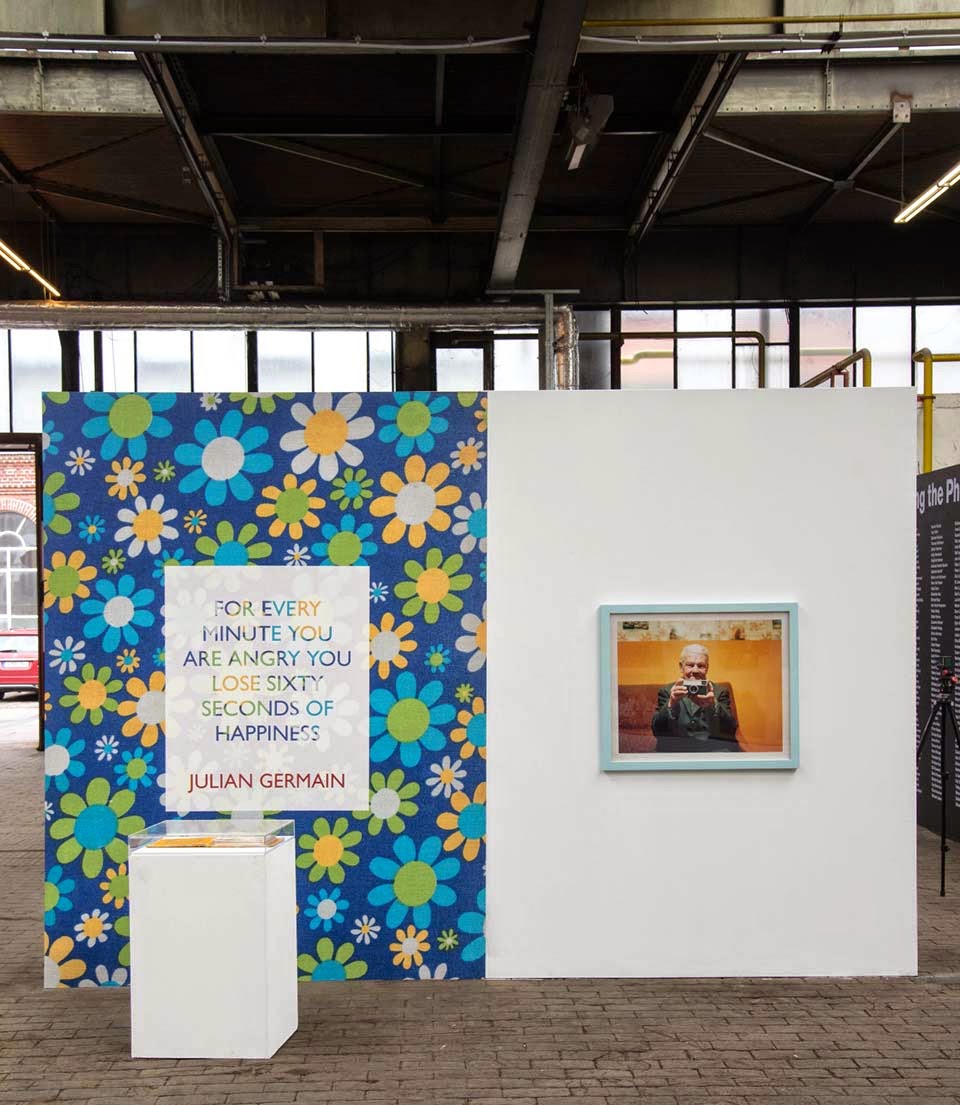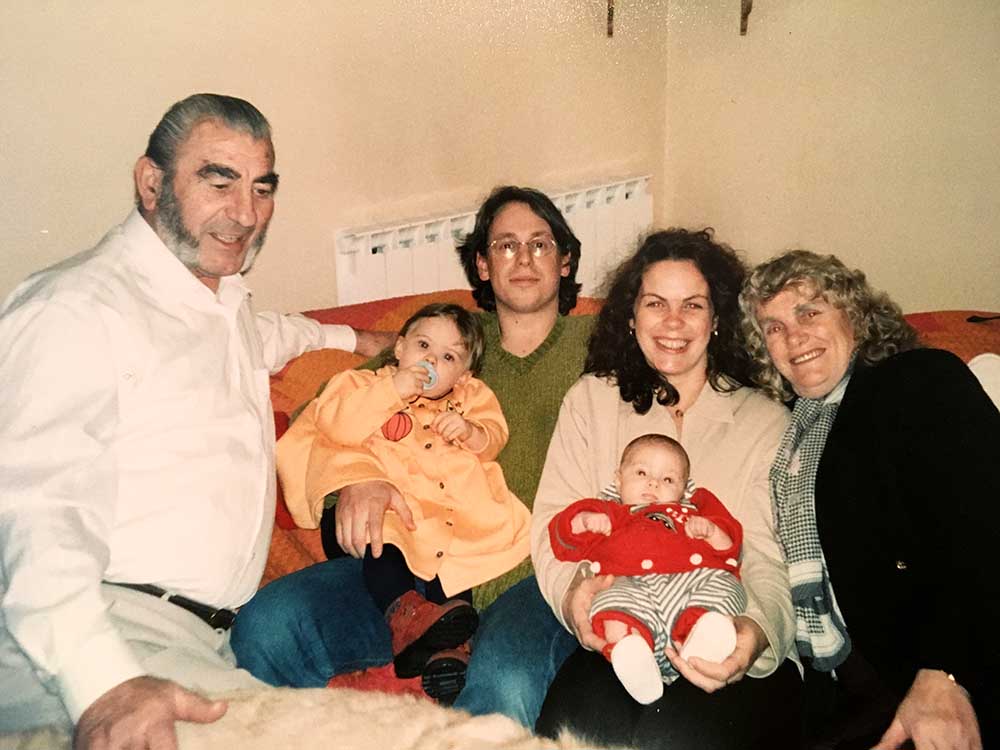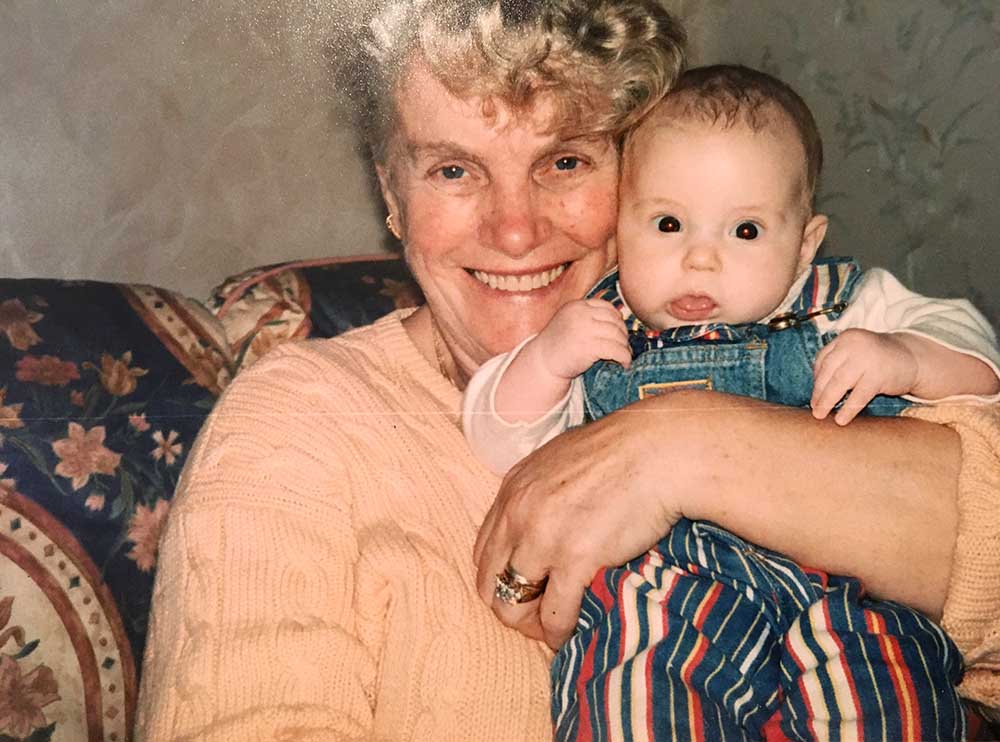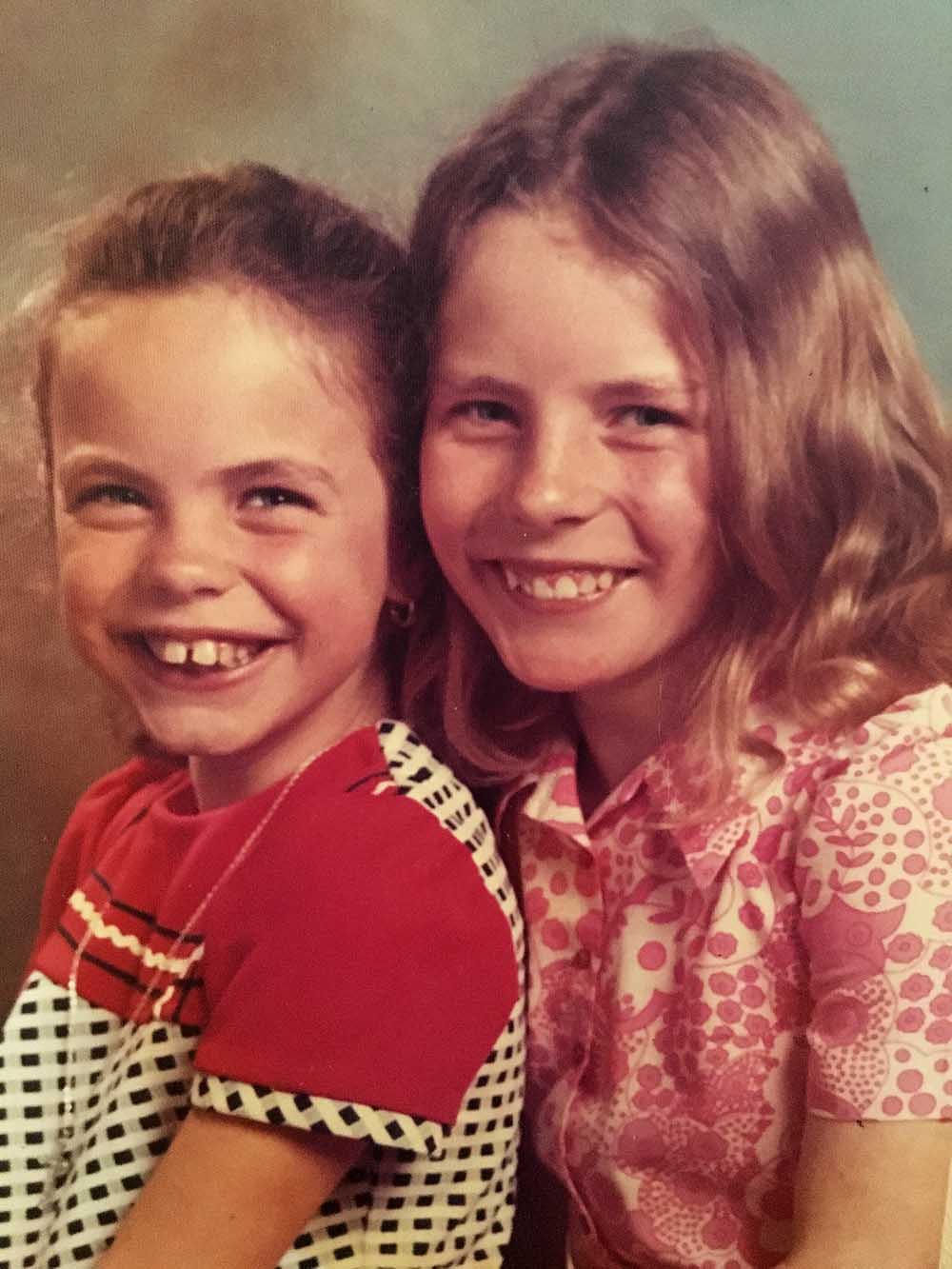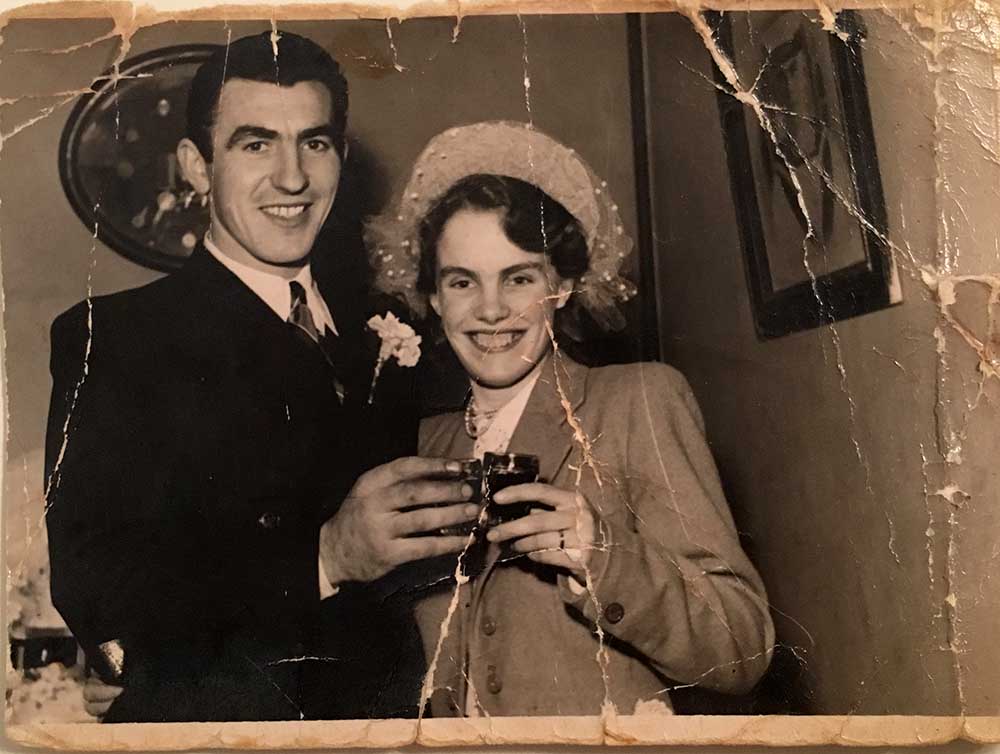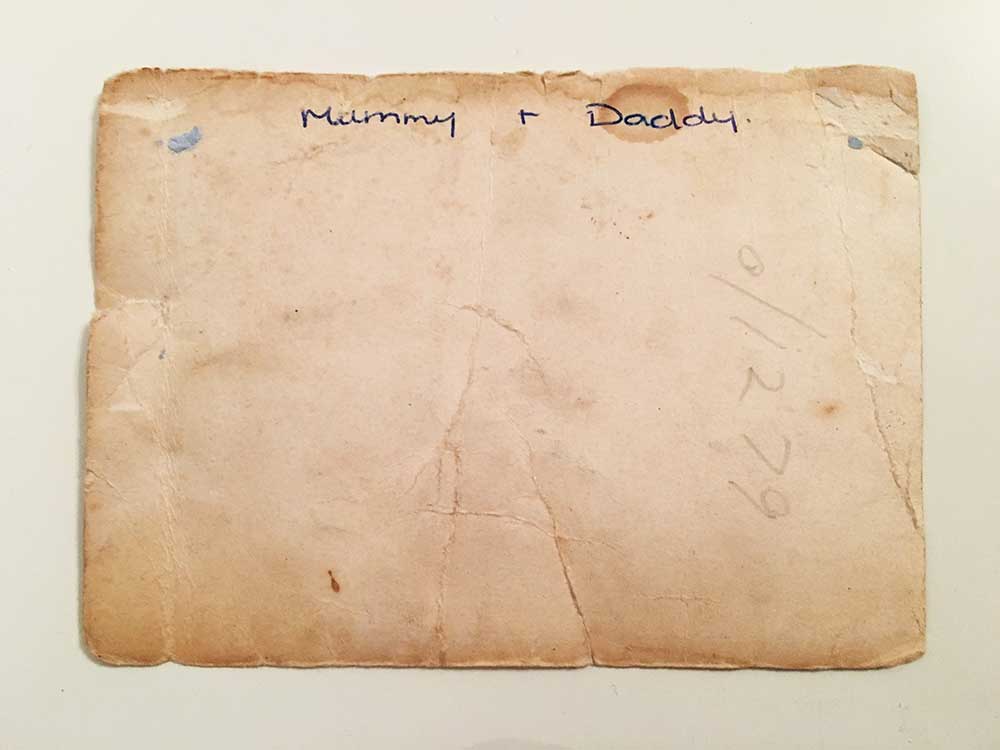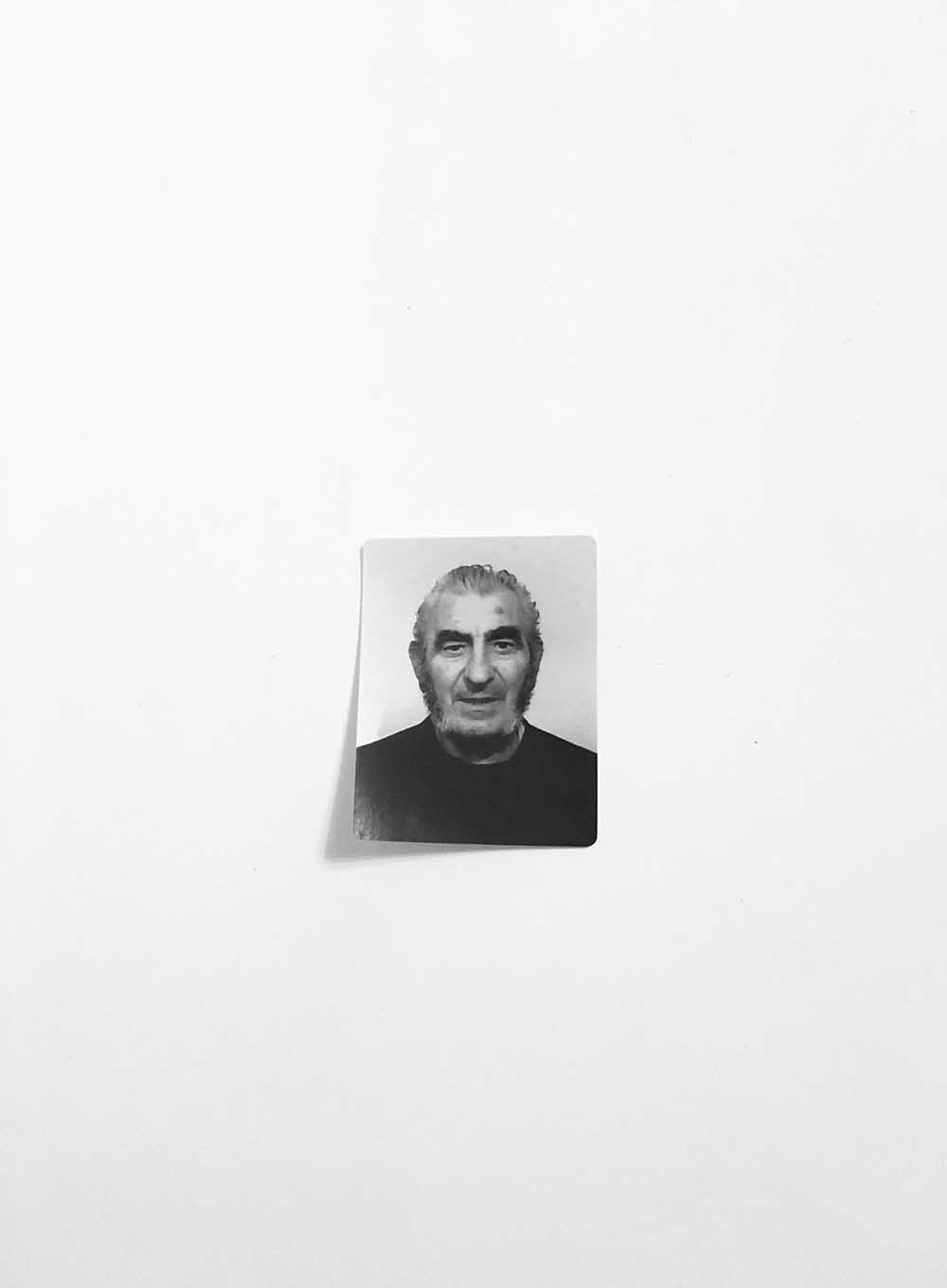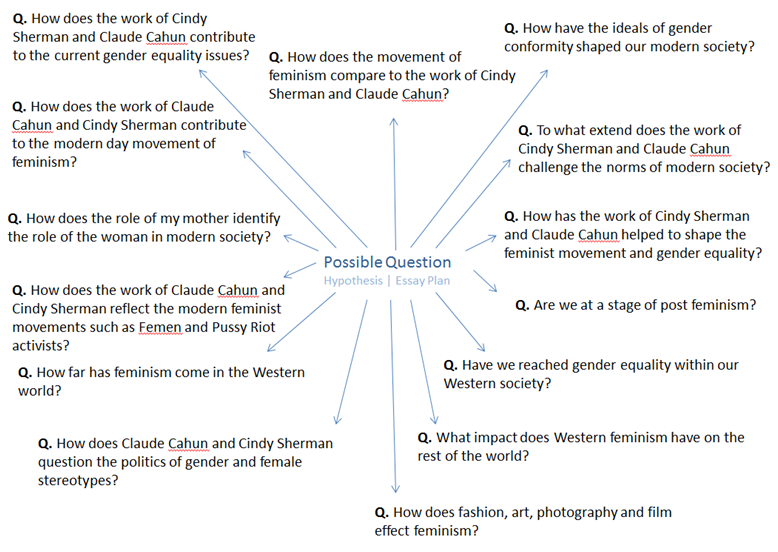Draft Essay:
Question: How has Boltanski, Abril and Toroptsov represented the concept of capturing the invisible and reflecting the meaning of memory through the medium of photography?
Introduction:
‘Someone once said that you die twice: when you die the first time and when somebody finds a photo of you and no longer remembers who it shows.’
We are made up of fragmented memories and forgotten dreams. Our entirety rests in the fate of old letters, burnt photographs and meaningless possessions. We never question the invisible, it is as though we are on a relentless pursuit to try and capture the invisible. We abide by the rules and limitations that are enforced by the concept of death. But what happens to those who become untouchable, those who are no longer part of the flux. Their existence becomes empty and lost, they are no longer perceptible to the eye. Yet we still feel impossible and unexplained connections to the spiritless. We yearn to cherish the ‘good’ memories and except the restrictions we are faced with regarding mortality. In doing so, the feeling of life is created, the tangibility of pleasure and pain enters our worlds and consumes us. But, photographs hold heritage and meaning, they have a depth of knowledge and feeling to them. Photographs capture single moments of existence. They can tell a narrative of a second in a stranger’s life in an instance. Whether it is personal, isolated, private or rare, it is has an essence of being and timelessness. The allure of time, is its youthfulness. Time is the cure for it never fails to reveal the truth. ‘Human life is embedded in time: we remember the past, we plan for the future and we live in the present. We swim in an ever-rolling stream.’
I am exploring how the invisible can be captured and portrayed through the medium of photography. And why memories hold such a powerful influence over our past, present and future. I want to find out what makes a photograph meaningful, what gives the photograph reality and how through photography the memory of a person can live on. My project focuses on exploring the invisible through three female generation’s memories; this includes my grandmother, my mother and myself. These distinctive view points will enable my project to become more personal and really seek the depths of my grandfather’s life. I think memory is more than simply remembering a once present thought, but it is about connecting with the past in order for the past to live on.
Christian Boltanski, Laia Abril and Yury Toroptsov all delve into the idea of memory, seeking a way in which they can capture and meaningfully discover the rawness of an image and what it can represent. I took a considerable amount of influence from Laia Abril’s photo book ‘The Epilogue’, her scientific approach to the displaying of a young girl’s life and death is both moving and in depth. She thoughtfully inspires the ideas of a wasted life, an innocent women taken to early and the suffering the family must feel. The viewer becomes emotionally awakened by the tragic narrative. For there is no escaping the feeling of missing a cherished one. There appears to be no cure except for time, time is what has made the scar of Cammy’s life less painful to manage. Similarly, Yury Toroptsov toys with the concept of photographing the invisible




